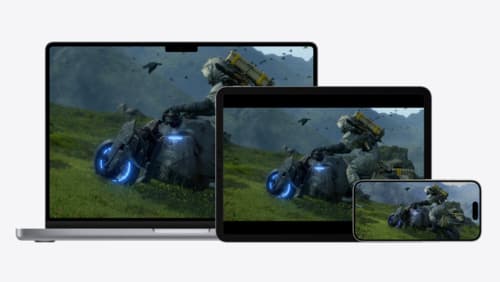show me how to get started adding DocC to my package.
Asked on 2024-08-07
1 search
To get started with adding DocC to your package, you can follow the steps outlined in the relevant WWDC session. Unfortunately, the provided context does not include specific details on adding DocC to your package. However, I can guide you on the general steps to get started:
-
Create a Documentation Catalog: In your Swift package, create a new directory named
Documentationat the root level. Inside this directory, create a new file namedMyPackage.docc(replaceMyPackagewith the name of your package). -
Add a Documentation Bundle: Inside the
.doccdirectory, create aContentsdirectory. This is where you will add your documentation files, such as.mdfiles for your articles and tutorials. -
Configure the Documentation: Create a
Info.plistfile inside the.doccdirectory to configure your documentation bundle. This file should include metadata about your documentation, such as the bundle identifier and the display name. -
Write Documentation: Add markdown files to the
Contentsdirectory. These files will contain the documentation for your package, including articles, tutorials, and API references. -
Build Documentation: Use Xcode or the Swift Package Manager to build your documentation. In Xcode, you can select
Product > Build Documentationto generate the documentation. With Swift Package Manager, you can use theswift package generate-documentationcommand.
For more detailed instructions, you might want to refer to the official Apple documentation or watch the relevant WWDC sessions on documentation and DocC.
If you have any specific questions or need further assistance, feel free to ask!

Port advanced games to Apple platforms
Discover how simple it can be to reach players on Apple platforms worldwide. We’ll show you how to evaluate your Windows executable on Apple silicon, start your game port with code samples, convert your shader code to Metal, and bring your game to Mac, iPhone, and iPad. Explore enhanced Metal tools that understand HLSL shaders to validate, debug, and profile your ported shaders on Metal.

Xcode essentials
Edit, debug, commit, repeat. Explore the suite of tools in Xcode that help you iterate quickly when developing apps. Discover tips and tricks to help optimize and boost your development workflow.

Evolve your document launch experience
Make your document-based app stand out, and bring its unique identity into focus with the new document launch experience. Learn how to leverage the new API to customize the first screen people see when they launch your app. Utilize the new system-provided design, and amend it with custom actions, delightful decorative views, and impressive animations.
